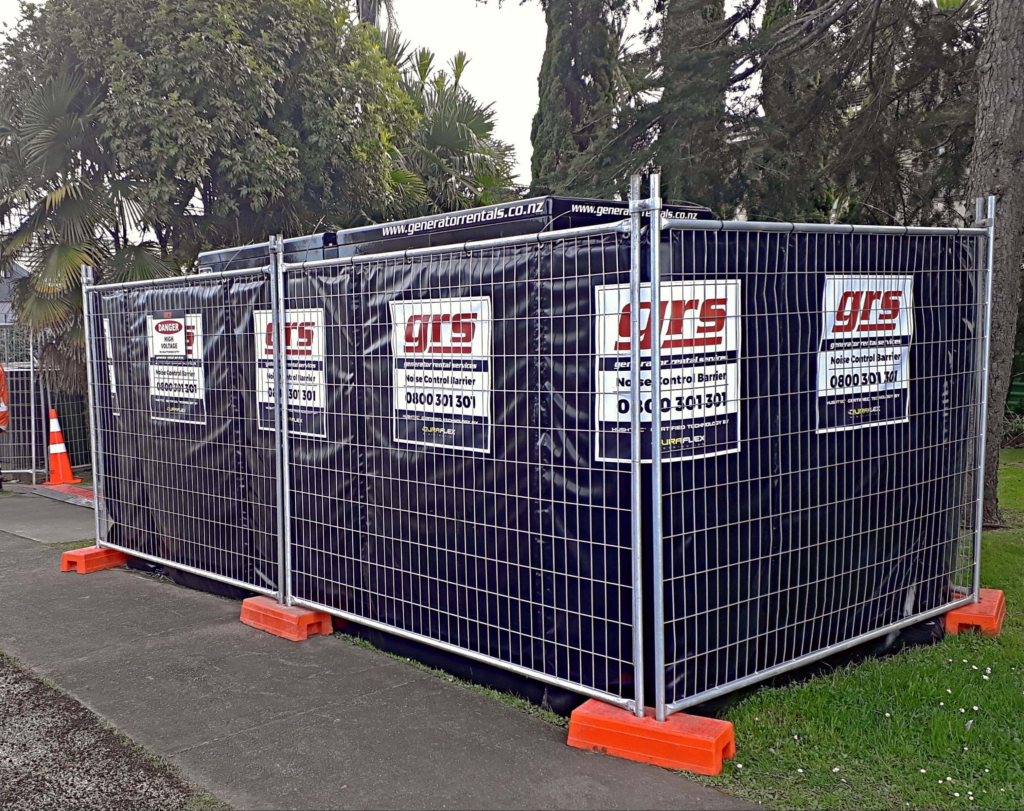Innovations In Sound Barrier Technology A Glimpse Into The Future Of Noise Control

Introduction:
As urbanization and industrialization continue to reshape our environment, noise pollution has become an ever-growing concern. In response, the field of noise control has witnessed significant advancements in technology. Innovations in sound barriers technology are paving the way for a future where noise pollution is not just reduced, but transformed into an opportunity for sustainability and improved quality of life. In this article, we will explore some of the cutting-edge innovations in sound barrier technology and their potential to revolutionize noise control.
1. Smart Materials for Active Noise Reduction:
Traditional sound barriers have mainly focused on passive noise reduction by reflecting or absorbing sound waves. However, the emergence of smart materials has introduced the concept of active noise reduction. These materials, often integrated with sensors and actuators, can actively adjust their properties in response to changing noise conditions. This real-time adaptability enables them to actively cancel out specific frequencies, providing highly effective noise reduction in dynamic environments such as urban centers and construction sites.
2. Transparent Noise Barriers:
One of the challenges of conventional sound barriers is their potential to block visual communication and natural light. Transparent noise barriers, using advanced materials like acoustically transparent glass, address this issue. These barriers maintain visibility while effectively reducing noise, making them ideal for locations where aesthetic appeal and a sense of openness are crucial, such as along highways or near public spaces.
3. Modular and Customizable Designs:
Innovations in manufacturing techniques have led to the development of modular sound barrier systems. These systems consist of interchangeable modules that can be easily assembled, disassembled, and reconfigured based on specific noise control requirements. This modular approach enhances flexibility, allowing for the creation of custom sound barrier designs that adapt to different environments and noise sources.
4. Eco-Friendly and Sustainable Solutions:
The future of sound barrier technology aligns with the global trend toward sustainability. Innovators are exploring the use of eco-friendly materials, such as recycled plastics, natural fibers, and bio-based composites, in sound barrier construction. Additionally, some sound barriers are being designed to incorporate solar panels, turning them into renewable energy sources that contribute to both noise reduction and clean energy generation.
5. Integration with IoT and Data Analytics:
The Internet of Things (IoT) has opened new possibilities for data-driven noise control. Sound barriers equipped with sensors can monitor noise levels in real-time, allowing for proactive adjustments based on fluctuations in noise pollution. Data analytics can provide valuable insights into noise patterns, enabling better decision-making for urban planning and noise mitigation strategies.
6. Augmented Reality (AR) and Acoustic Visualization:
AR technology is being harnessed to create acoustic visualization tools that enable us to “see” sound waves. This innovative approach helps designers and planners visualize how sound propagates in different environments, allowing for more accurate placement and design of sound barriers. AR-acoustic visualization enhances precision and effectiveness in noise control solutions.
7. Adaptive Noise Cancellation for Open Spaces:
Traditionally, sound barriers have been associated with enclosed spaces like highways or industrial areas. However, innovations are extending noise control to open spaces like parks and public squares. Adaptive noise cancellation systems use an array of microphones and speakers to emit anti-phase sound waves that cancel out unwanted noise. This technology could transform previously noisy urban areas into peaceful oases for relaxation and recreation.
8. Augmentation of Aesthetics and Architecture:
Innovators are increasingly recognizing the importance of integrating sound barriers into the visual and architectural aspects of urban landscapes. Sound barriers are being designed as artistic installations that not only reduce noise but also contribute to the aesthetic appeal of the surroundings. These “sonic sculptures” demonstrate how noise control can be seamlessly integrated into urban design.
9. Collaboration with Nature: Green Sound Barriers:
Green sound barriers leverage nature’s own noise mitigation mechanisms. Combining vegetation with sound-absorbing materials, these barriers harness the benefits of plants to further reduce noise pollution. Green sound barriers offer a sustainable and visually pleasing solution that complements urban green initiatives.
Conclusion:
The future of noise control is marked by innovation, sustainability, and adaptability. Innovations in sound barrier technology are not only addressing the challenge of noise pollution but also transforming it into an opportunity for creating healthier, more livable environments. From smart materials to transparent designs, IoT integration to acoustic visualization, the possibilities are endless. As cities and communities continue to grow, the evolution of sound barrier technology is poised to revolutionize how we experience and interact with our acoustic surroundings, ensuring a quieter and more harmonious future.


